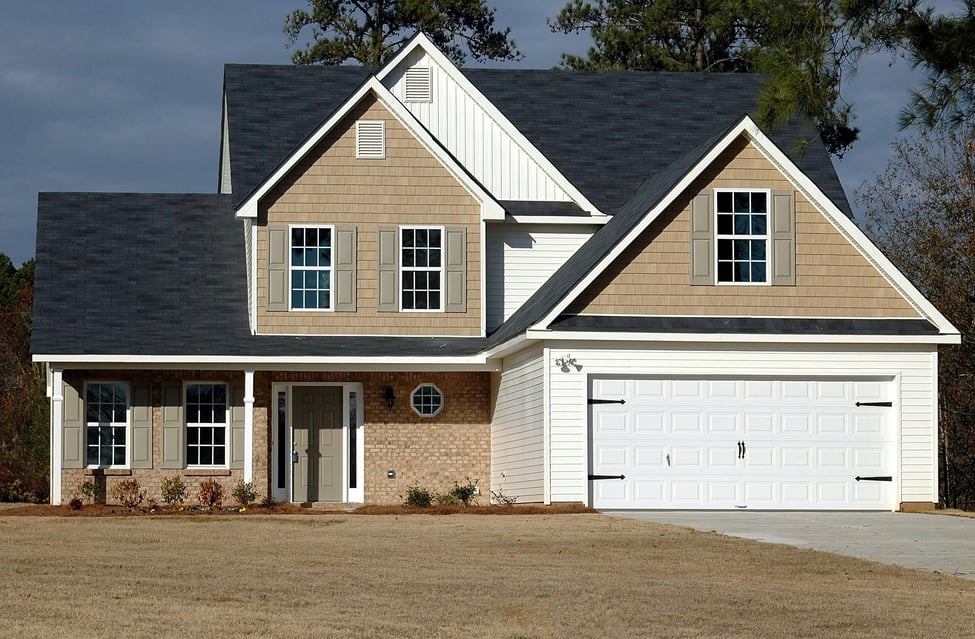Ontario’s housing market has faced its share of challenges over the past few years—rising interest rates, supply shortages, and growing demand. But one often-overlooked factor affecting both homebuyers and builders is tariffs. The cost of building a home in Ontario, especially in areas like Trent Hills, Northumberland County, Whitby, and Oshawa, has been significantly impacted by tariffs on essential building materials like lumber, steel, and aluminum.
So, how do these tariffs influence home prices, and what does this mean for buyers and builders in these growing communities? Let’s break it down.
How Tariffs Affect Homebuilding Costs
When tariffs are placed on imported materials, it drives up costs for homebuilders, which ultimately trickles down to buyers. Some of the key areas where tariffs have hit hardest include:
- Lumber Prices – Although Canada is a major producer of softwood lumber, trade disputes with the U.S. have led to tariffs on lumber exports. This increases costs for builders relying on imported or domestic materials impacted by global pricing shifts.
- Steel and Aluminum – These materials are crucial for home construction, from framing to HVAC systems. Tariffs on steel imports have raised construction costs across Ontario.
- Supply Chain Delays – Tariffs can lead to supply chain disruptions, making it harder to get materials on time and further increasing the cost of new home builds.
What This Means for Ontario’s Housing Market
1. Increased Home Prices
Builders pass higher material costs onto buyers, making homeownership even less affordable. In places like Whitby and Oshawa, where demand is already high, additional costs only add to the housing crunch.
2. Fewer New Builds in Rural Areas
In communities like Trent Hills and Northumberland County, where developers already face challenges with infrastructure and zoning, higher building costs can slow down new construction. This limits supply, putting upward pressure on existing home prices.
3. Struggles for Small Builders
Larger developers might be able to absorb some extra costs, but smaller homebuilders in Ontario—many of whom operate in Northumberland County and Trent Hills—often struggle to compete. This limits diversity in the types of homes available.
What Can Buyers and Builders Do?
For homebuyers, staying informed about market conditions is crucial. If you’re looking to build, working with a knowledgeable real estate team that understands the local market, material costs, and potential tariff impacts can help you make the best decision.
For builders and investors, strategic planning is key. Finding alternative materials, negotiating bulk purchases, and choosing locations with growth potential—like Whitby, Oshawa, and Northumberland County—can help offset rising costs.
Thinking About Buying or Building? Let’s Talk!
Navigating Ontario’s real estate market requires expertise, especially in the face of rising costs. Whether you’re considering buying, building, or investing in Trent Hills, Whitby, Oshawa, or Northumberland County, my team and I can help you make informed decisions.
Contact us today to discuss how we can find the best opportunities for you, despite the challenges of tariffs and market shifts. Let’s build your future together!

